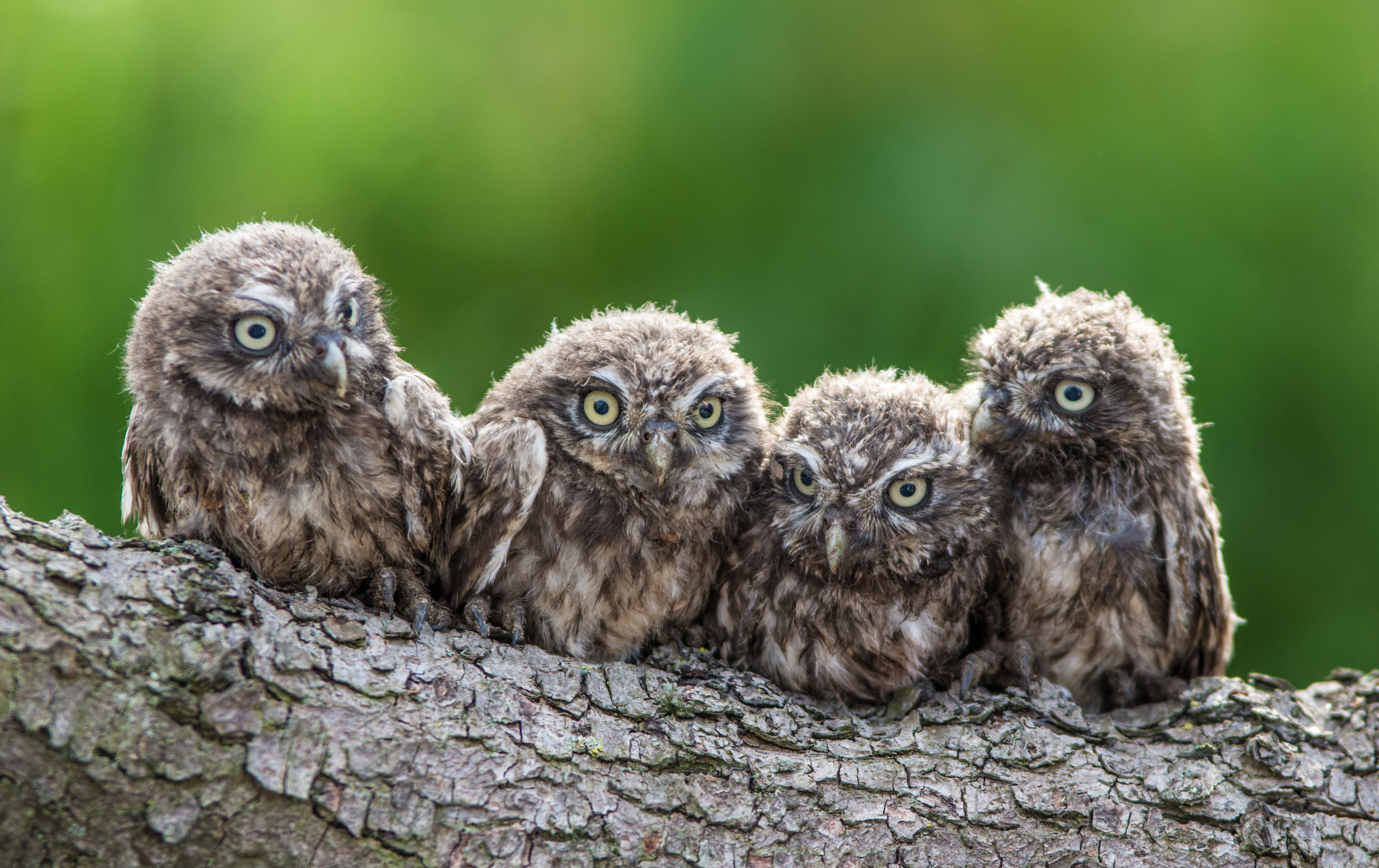
Education
The psychology of isolation

Families self-isolating together can bring the worst out in each other. Here’s how to avoid becoming a shark, turtle or fox, and instead, channeling your penguin, teddy-bear or owl
Published 16 April 2020
Family members confined together in isolation can soon start to get on each other’s nerves. However, research shows that the way families communicate can help.
One of the obvious consequences of close isolation is that space becomes compressed – physically, psychologically and temporally.

As a result:
an individual’s perception of events and their meaning can be exaggerated or overblown
family members have no place to go and privately ‘let off steam’
Both factors can stoke conflict, which is supercharged by scarcity. In the case of families isolating together, there’s a scarcity of many naturally balancing family activities that take people away from their families – physically going to work or school, or engaging in external activities like meeting friends or participating in sporting clubs. This means there is little relief from the normal family stressors.

Education
The psychology of isolation
As a result, people have less space to relax or think through their feelings.
One of the consequences of this added stress is that family members can lose their self-control and default to a dominant (or instinctual) style of communication that can make things even worse.
Some of our research with adolescents, shows that our dominant communication style and pattern is set from a relatively early age and is fairly stable from adolescence.
However, contextual factors and experiences that are high impact or chronic, can profoundly modify the way we communicate. And how we communicate matters.
For example, our research found that in important decision-making involving an adolescent and their parents – like selecting a high school – the greatest level of cooperation was associated with a democratic style of parenting that fosters a coalition of interest between parents and adolescents.

Families that operate in an authoritative way with high levels of intimacy and caring are democratic in their parenting style, have less conflict and communicate positively often have improved outcomes for adolescents and young adults compared with families operating in an authoritarian way that are the reverse.
Our research into communication signposts has broadly identified four to six dominant ways of communicating that each of us may fall into when we are tired, unprepared or pushed close to our limits.
These different communication styles can be helpful or unhelpful.

The three often unhelpful communication types that we may need to try and minimise in ourselves can be characterised by animals – the shark, the fox and the turtle.
The shark is success focused. Their communication style is marked by becoming angry, insistent and disagreeable
The fox is focused on causing confusion, and is characterised by someone who is dismissive, ambiguous, likely to not take things seriously enough, and is even deceptive to their own advantage
The turtle just wants to withdraw, and is characterised by someone who procrastinates and distances themselves
Sometimes it can be appropriate to be something of a shark, like in emergencies, or during coaching, when a blatant error needs correcting, or in dangerous situations when haste is necessary.

Similarly, being a turtle sometimes can be self-protecting.
It is when these behaviours are frequent that they become problematic.
Fox behaviour, in particular, needs to be avoided, particularly the deception side of the fox that is disarming and, like gaslighting, cannot be negotiated or tolerated.

The helpful communication types that we need to foster are the penguin, the teddy-bear and the owl.
The penguin focuses on what is worthwhile. People channelling the penguin are persistent in wanting to talk and reason things through. They ask questions and seek clarifications.
Teddy-bears try to put themselves in the other person’s shoes. They want to keep the peace and manage emotions by showing appreciation and happiness, while dealing with their own and other’s bad moods.
Owls are prepared to make concessions and allowances. They are agreeable, expect less, and are willing to make reasonable trade-offs and compromises

In times of stress, like confinement or isolation, groups do better when they learn to identify when people are operating in their default communication styles and discuss ways to manage the situation. We also need to find ways to talk about, practice and better manage our own communication.
Listening and sharing in a dialogue is also important. Unless we really listen, dialogue can become another scene of conflict.
Dialogues are an exchange and our research shows that in requesting a dialogue, after the second and third request, communication can often deteriorate into threats – you open a dialogue, I respond, you reiterate your opening, I reiterate my response, you repeat, I repeat and it goes on.

Arts & Culture
Isolation, my Dad and me
At this point, it is likely that any communication is going to be strongly disagreeable, generating discord that is far and away more problematic than the problem that needed solving in the first place.
For most of us, our dominant or default communication style or styles are ingrained. And for most of us we make it work fairly well, compensating where we need to.
But in an environment of self-isolation in the wake of COVID-19, we need to be especially wary that the added stress could have us defaulting to an unhelpful communication style. And given families influence everyone in them – shark, turtle and fox behaviour may manifest in many family members.
Channelling the penguin, teddy-bear and owl makes everybody easier to live with and less egocentric.
These behaviours also help to de-escalate cabin fever, expanding the psychological and communication space, and enhancing the prospect of family harmony – even when physical space is constrained.
Banner: Getty Images